Project aims to produce 6,000 tons of fish annually from the integrated systems
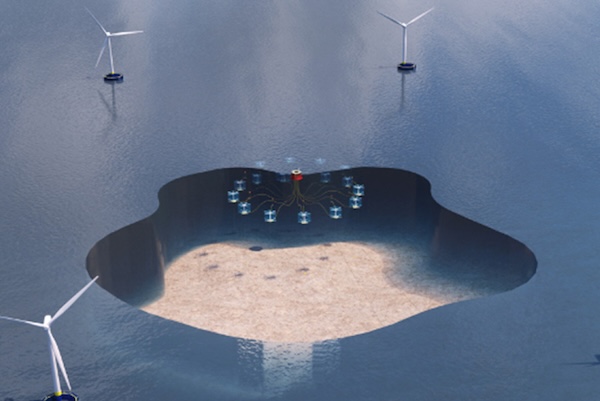
Nordic Innovation is backing a new initiative that explores the potential of co-locating offshore wind power with aquaculture. The project, known as the OffWoff co-location project, is set to investigate the feasibility of integrating these two industries.
Freja Offshore AB, a key partner in the endeavor, is preparing to construct the Mareld floating wind farm. The plan envisions Mareld evolving beyond its role as a wind energy source, transforming it into a hub for sustainable aquaculture. The team will aim to develop new methods for environmentally friendly aquaculture alongside the wind farm’s operations through this project.
“Our oceans are a fantastic source of life that we must utilize carefully,” said Thordur Reynisson, Advisor at Nordic Innovation. “We want to support innovative projects that harness the potential of the sea while also strengthening and restoring marine biodiversity. We believe that Mareld could become such a project.”
The fish farms will be strategically positioned between the platforms of the wind turbines, with each setup featuring 12 submerged cages. These systems are projected to yield approximately 6,000 tons of fish annually. The vision includes deploying multiple such systems with the Mareld wind farm.
After harvesting, the fish will be transported by ship to shore for processing and packaging. Each fish farming system is expected to create around 30 maritime jobs and an additional 30 positions on land.
Solar Oysters and Blue Oyster Environmental launch solar-powered oyster production system
Offshore wind farms have the potential to serve as artificial reefs and marine protected areas, enhancing the abundance of fish and shellfish and subsequently increasing the availability of prey species. Large wind turbines also prevent larger fishing vessels from accessing the area, creating ideal conditions for fish farming.
Farming fish in the open sea, away from the coast, offers other advantages, including reduced parasite presence and improved water quality. Additionally, Subfarm’s innovative model employs submerged fish cages that shield the fish from sea lice and harmful algae, further promoting a healthier aquaculture environment.
The project brings together key partners including Subfarm, a Norwegian leader in offshore fish farming known for its sustainable practices and robust fish cages; Lysekil Municipality, a center of marine sector innovation; DHI, a Danish research institute with extensive experience in aquatic environments; Blue Maritime Cluster, a network of 200 Norwegian marine sector entities recognized for its expertise; and Freja Offshore AB, a joint venture between Norway’s Mainstream Renewable Power and Sweden’s Hexicon, focused on floating offshore wind farms.
The initiative officially commenced on June 17, 2024, with a kickoff meeting in Kristineberg.
Now that you've reached the end of the article ...
… please consider supporting GSA’s mission to advance responsible seafood practices through education, advocacy and third-party assurances. The Advocate aims to document the evolution of responsible seafood practices and share the expansive knowledge of our vast network of contributors.
By becoming a Global Seafood Alliance member, you’re ensuring that all of the pre-competitive work we do through member benefits, resources and events can continue. Individual membership costs just $50 a year.
Not a GSA member? Join us.
Author
Related Posts
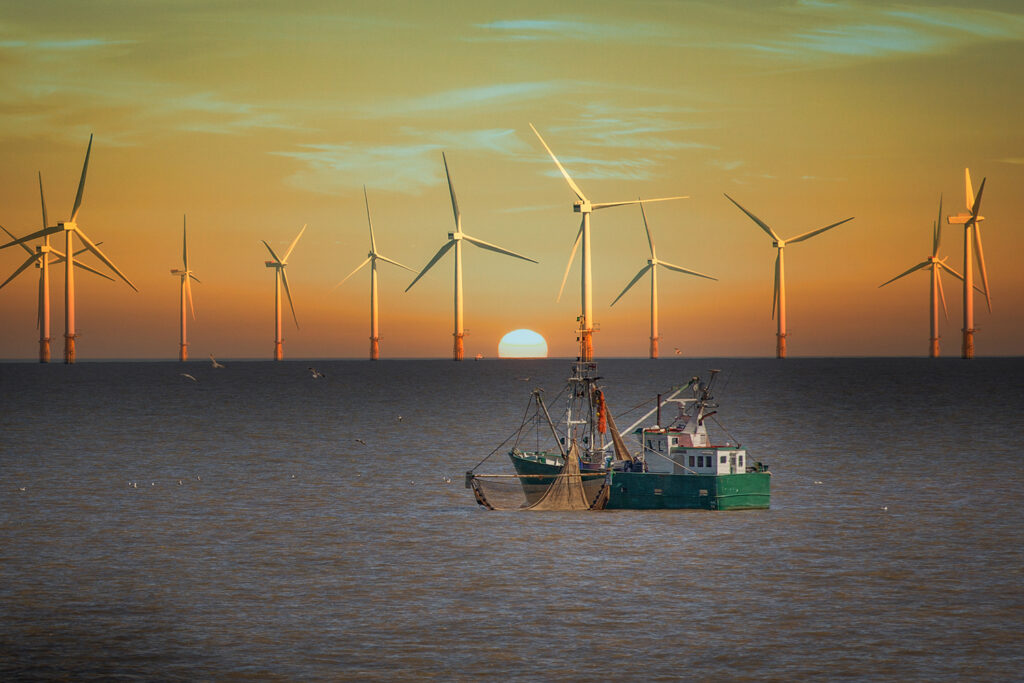
Intelligence
Can Maine waters support offshore wind farm initiatives and commercial fishing activity?
Will the U.S. government succeed in its goal to create space for 1 million acres of offshore wind farm initiatives off the coast of Maine? Many fishermen hope not.
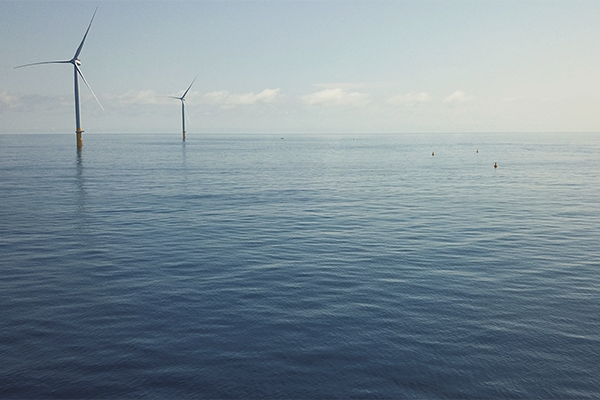
Fisheries
Can electronic tags fill knowledge gaps between offshore wind and fisheries?
A first-of-its-kind study will explore fish behavior in response to offshore wind turbines and construction activities in the Atlantic Ocean.
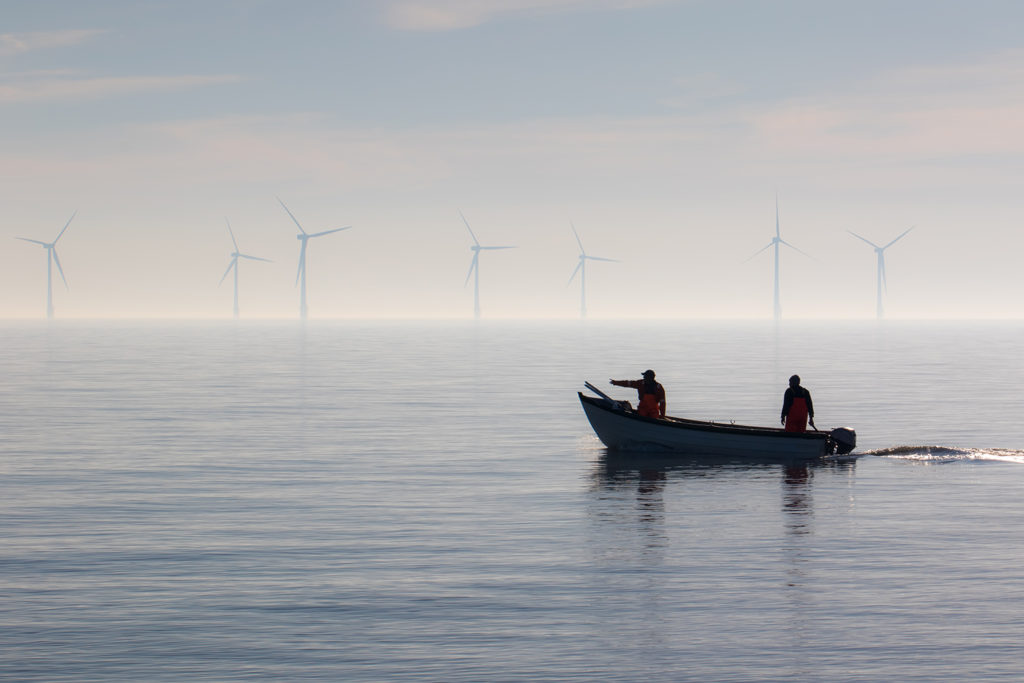
Fisheries
Offshore wind farms expected to reduce clam fishery revenue, study finds
The clam fishing industry will experience revenue losses as offshore wind energy develops along U.S. Northeast and Mid-Atlantic coasts, researchers say.
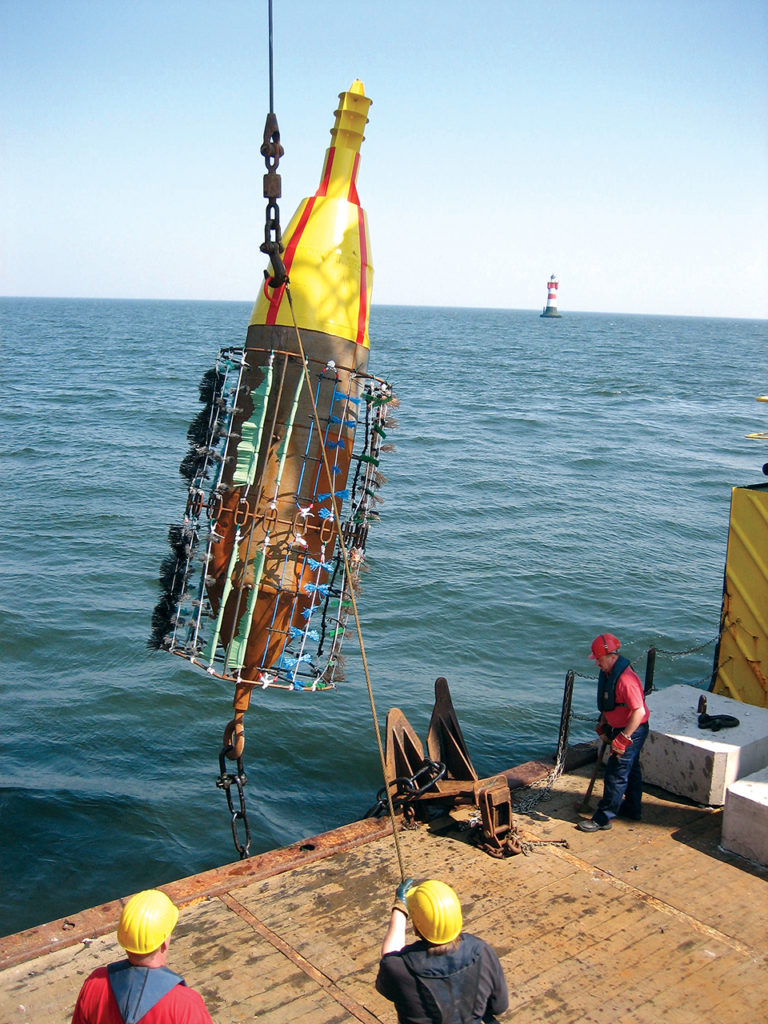
Intelligence
Concept combines offshore wind farms, mussel cultivation
Blue mussel culture on offshore wind farms may be possible in Germany. Trials showed that North Sea facilities can support mussel cultivation in harsh conditions.



